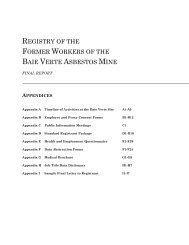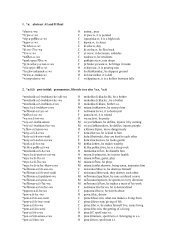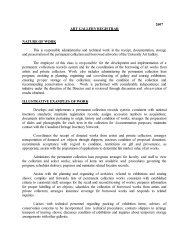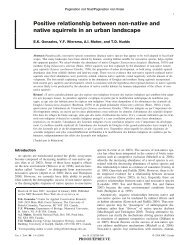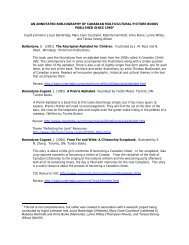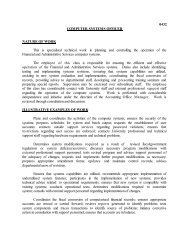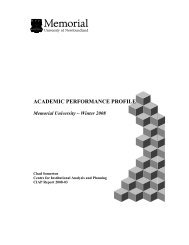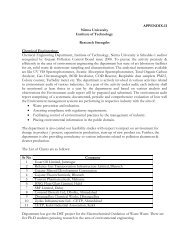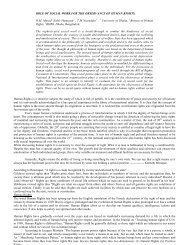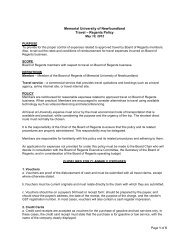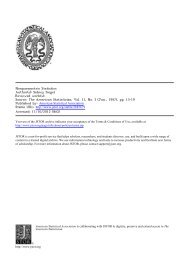Create successful ePaper yourself
Turn your PDF publications into a flip-book with our unique Google optimized e-Paper software.
142.<br />
Comparison <strong>of</strong> the results <strong>of</strong> these investigations on the age<br />
structure <strong>of</strong> the martens <strong>of</strong> the Republic, showed that the three age groups<br />
are unequally represented.<br />
Individuals <strong>of</strong> the first age group comprise<br />
the highest percentage (45.3%);<br />
second place is taken by the second group<br />
(28.6%) while martens <strong>of</strong> the third age group are in the minority (26.1%).<br />
A somewhat different picture is <strong>of</strong>fered by the structure <strong>of</strong><br />
males and females separately. Among the females, young ,martens under a<br />
year form the highest proportion (48.4%), with fewer martens in the<br />
second age group (31.3%) and fewest <strong>of</strong> all in th~ third age group (20.3%).<br />
The age ratio in males is different:<br />
we observe males over three years<br />
most <strong>of</strong>ten (40.9%), with smaller numbers in the first age group (36.4%) and<br />
the smallest in the second (22.7%).<br />
The structure <strong>of</strong> the total population <strong>of</strong> martens (by sex and<br />
age groups) was as follows<br />
pride <strong>of</strong> place is taken by males <strong>of</strong> the<br />
third age group (25.8%), second place by males <strong>of</strong> the first age group (22.9%),<br />
third by females <strong>of</strong> the first age group (17.8%) and then come males <strong>of</strong> the<br />
second age group (14.4%),<br />
females <strong>of</strong> the second age group (11.6%) and,<br />
finally females <strong>of</strong> the third age group (7.5%).<br />
It is important to note that in natural conditions there are<br />
almost half as many males again as females and their numbers in nature(a)<br />
considerably exceed the number <strong>of</strong> females.<br />
Of the 201 martens studied<br />
by us, 63.7 per cent were males.<br />
Study <strong>of</strong> the causes <strong>of</strong> the predominance <strong>of</strong> individuals <strong>of</strong> one sex<br />
or age group is <strong>of</strong> great interest.<br />
V.P. Teplov(5), on the basis <strong>of</strong> study<br />
<strong>of</strong> extensive material, made some generalisations on the sex ratio in wild<br />
mammals. We do not have sufficient material at our disposal to show the<br />
causes <strong>of</strong> the pattern in the population structure <strong>of</strong> the martens <strong>of</strong> our<br />
Republic. However, there is no doubt that an important role is played<br />
(a) But see Teplov (1948), Kraft (1966) and Nyholm (1959), in this volume.<br />
- Ed.



